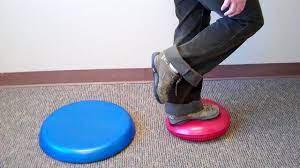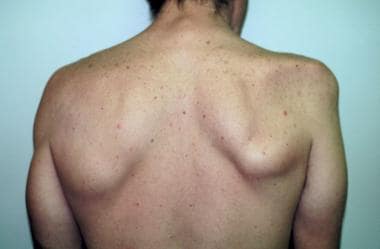Abnormal Reflexes
All of us have special reflexes “built in” or hardwired into our movements. They’re involuntary, and only works as a response to a specific stimulus.
An example is tendon reflexes, which are tested to provide vital information on the integrity of the central and peripheral nervous system.
These reflexes are:
Contents
Reflex spinal levels & their corresponding level
- Biceps – C5, 6
- Brachioradialis – C5, 6, 7
- Extensor Digitorum – C6, 7
- Triceps – C6, 7, 8
- Patella Tendon – L4
- Ankle Jerk – S1, 2
- Babinski (plantar response) – L5, S1, 2
Reflex grading shows what’s normal and what’s not
- Grade 0 – abnormal
- Grade 1 – diminished (can be abnormal is asymmetric)
- Grade 2 – normal
- Grade 3- brisk (abnormal if asymmetric)
- Grade 4 – repeating reflex (abnormal)
What causes abnormal reflexes?
If a reflex is graded as abnormal, it can be either:
- Damage / lesion in the motor pathway
- A nerve that’s injured or compressed
- Neurological condition
Causes can be complex but it can be made clear with a medical doctor’s assessment.
How physiotherapy can help?

Physiotherapist can help by assessing and giving possible diagnoses for the abnormal reflexes as well as treat symptoms which can accompany abnormal reflexes such difficulties in
- standing
- walking
- balance
- muscle tone (too tight or too loose)
- muscle weakness
- abnormal sensation such as numbness, pins and needles
- etc
Physiotherapy for abnormal reflexes
Treatments for the abnormal reflexes can include:
- balance training
- joint range of motion
- muscle strengthening
- desensitization training
- soft tissue management
- stretching and flexibility training
- etc
Where To Next?
- Go to Home / Start
- Learn and find out more about your pains (bones, muscles, joints, tendons, ligaments, nerves etc) at Pain Conditions & Injuries
- Visit our shop to see products we recommend for pain relief, heating, treatments and more
- Contact us




